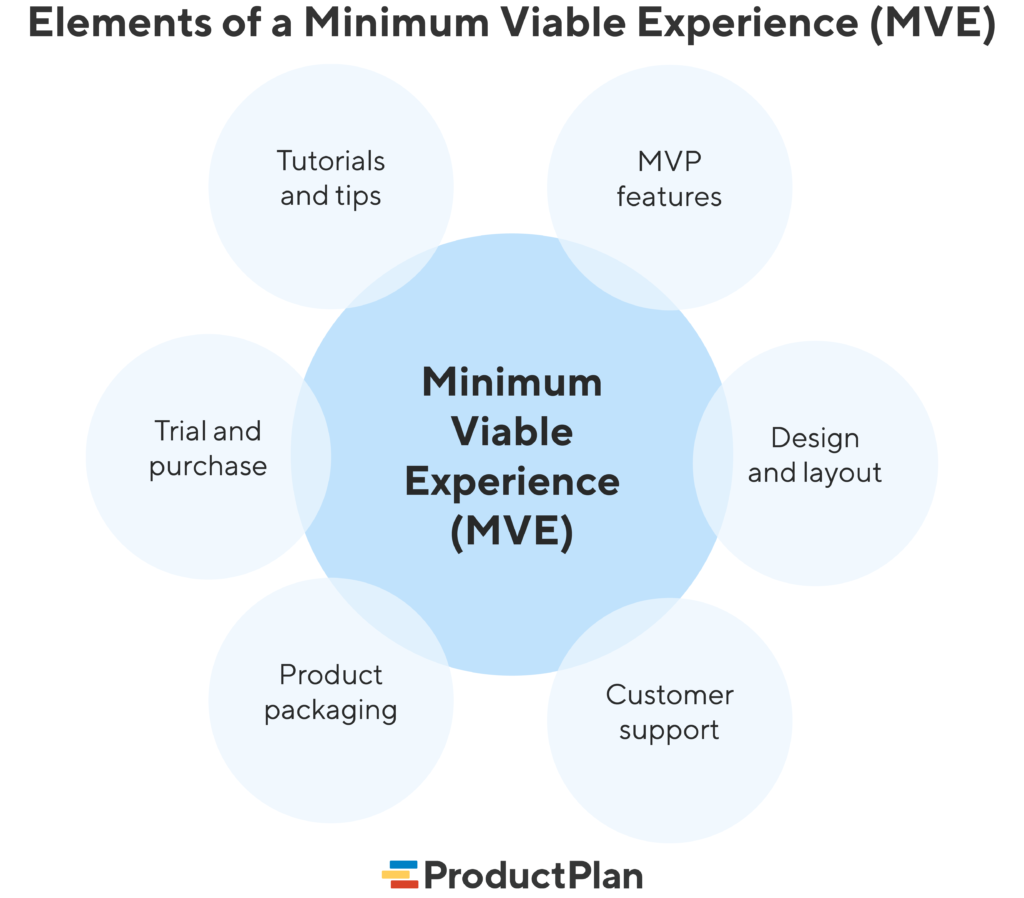Minimum Viable Product (MVP)
What is Minimum Viable Product (MVP)?
Definition:
“Minimum Viable Product (MVP) Development” refers to the strategy of creating and launching a product with the minimum features necessary to satisfy early adopters and gather feedback. It is a foundational concept in product development, emphasizing the rapid release of a basic version of a product to validate assumptions, test hypotheses, and learn from real user interactions. The MVP approach allows companies to efficiently bring a product to market, reduce development costs, and iterate based on user feedback.
Analogy:
Think of an MVP as the prototype of a new car model. Instead of waiting until the entire car is built, the prototype, with its essential features, is released for testing and feedback. This iterative process helps the manufacturer make improvements before the full production release.
Further Description:
MVP development involves several key components:
Identifying Core Features: Determine the essential features that address the primary needs of the target audience. These features should be enough to deliver value and test the product concept.
Quick Development: Rapidly develop and release the MVP to the market. This may involve prioritizing key functionalities, streamlining design, and focusing on a simple user interface.
User Feedback: Gather feedback from early users to understand their experiences, preferences, and pain points. This feedback is crucial for making informed decisions about future iterations.
Iterative Improvement: Use the insights gained from user feedback to iterate and improve the product gradually. Each iteration builds upon the previous one, incorporating enhancements based on user needs and market demands.
Cost Efficiency: By releasing a minimum set of features initially, companies can manage development costs more effectively. Resources are allocated based on validated user needs, reducing the risk of investing in unnecessary or unappealing features.
Why is MVP Development Important?
Faster Time-to-Market: MVP development allows companies to bring a product to market quickly, gaining a competitive edge and capturing early adopters’ attention.
Risk Mitigation: By testing the waters with a minimal version of the product, companies can minimize the risk of investing significant resources in a concept that may not resonate with users.
User-Centric Design: MVP development prioritizes user feedback, ensuring that subsequent iterations are aligned with actual user needs and preferences.
Cost Savings: Focusing on the minimum viable features prevents unnecessary spending on elaborate features that may not contribute significantly to the product’s success.
Adaptability: The iterative nature of MVP development allows companies to adapt their products based on changing market conditions, emerging trends, and evolving user expectations.
Examples and Usage:
Dropbox: Dropbox initially released an MVP that showcased basic file-sharing functionality. User feedback helped them refine and expand features, transforming the product into the widely-used cloud storage service we know today.
Twitter: Twitter’s MVP was a simple platform that allowed users to share short messages. Over time, Twitter evolved based on user engagement and feedback, adding features like retweets, hashtags, and multimedia content.
Zappos: Zappos, the online shoe retailer, started with an MVP by taking pictures of shoes from local stores and posting them online. Once orders were received, they purchased the shoes from the local stores and shipped them to customers. This validated the demand for an online shoe retail platform before investing in extensive inventory.
Key Takeaways:
- Determine the essential features that address the primary needs of the target audience.
- Rapidly develop and release the MVP to the market to gather early feedback.
- Continuously gather feedback from early users to inform iterative improvements.
- Use feedback to make gradual enhancements, building upon the MVP with each iteration.
- Manage development costs by focusing on features validated by user feedback.





